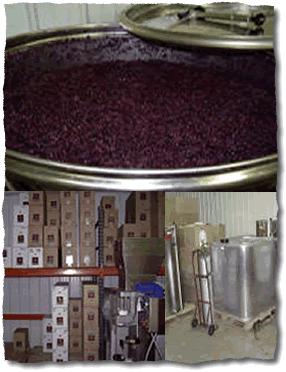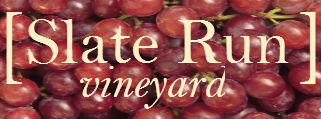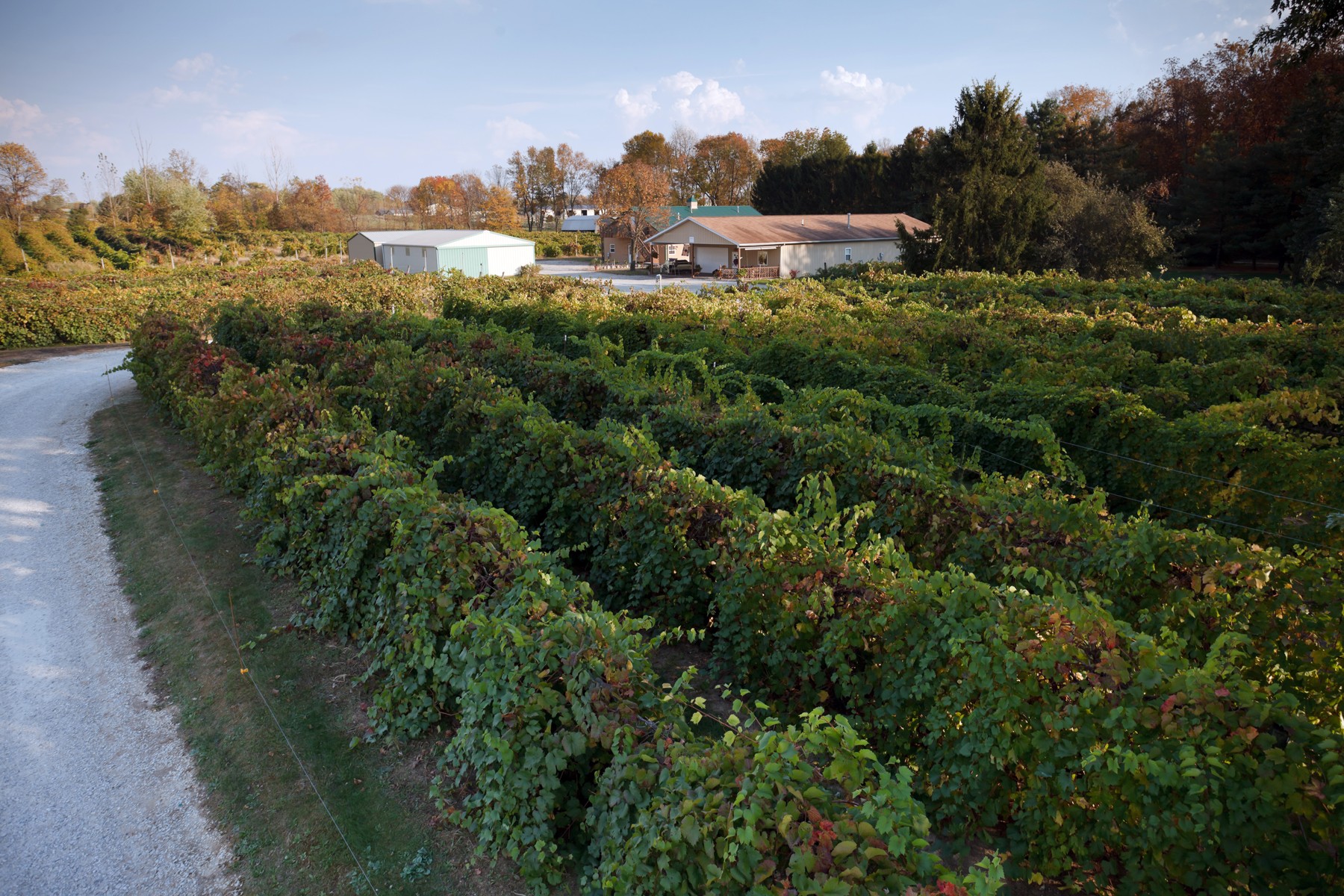 The winery facilities at Slate Run Vineyard were designed by Keith for maximum flexibility. Many lots of wine are produced using barrels and small tanks. The use of variable capacity tanks for odd lot sizes is used extensively. The variable capacity tanks comprise a vat with a lid that will float on the wine. The lid has a bladder similar to a bicycle inner tube that is inflated to provide a tight seal against the wall of the tank. This method eliminates head space in the tank that could lead to deterioration of the wine. These tanks also have a lot of versatility and are used as fermenters, as well as mixing and blending tanks.
The winery facilities at Slate Run Vineyard were designed by Keith for maximum flexibility. Many lots of wine are produced using barrels and small tanks. The use of variable capacity tanks for odd lot sizes is used extensively. The variable capacity tanks comprise a vat with a lid that will float on the wine. The lid has a bladder similar to a bicycle inner tube that is inflated to provide a tight seal against the wall of the tank. This method eliminates head space in the tank that could lead to deterioration of the wine. These tanks also have a lot of versatility and are used as fermenters, as well as mixing and blending tanks.
White wines are produced by pressing the grapes (after a cold soak) before fermentation, settling the juice, and then discarding the lees, which if fermented will usually cause off flavors. Red wines are fermented on the skins, usually pressed after extended maceration on the skins. This practice although thought to make a wine too tannic, actually after a period of time helps to soften the tannins. The result is that the wine will have more structure (and agability) and still display elegance. The winemaking after fermentation follows a practice of minimal intervention to preserve the fresh flavors. White wines are given a light fining for heat stability and a polish filtration. Red wines are usually unfined and only receive one light polish filtration prior to bottling. The wines get the care Slate Run Vineyard deem necessary to maximize quality in the bottle on your table.
Check out what our friends at Buffalo Cabins and Lodging wrote about our vineyard: https://www.buffalocabinsandlodges.com/hocking-hills-attractions/slate-run-vineyard/






